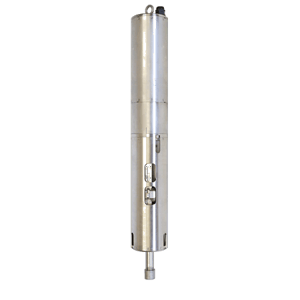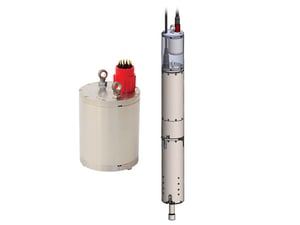.jpg?width=300&name=FY23-Trillium-120-Borehole-Hero-v4%20(1).jpg)
Trillium 120 Borehole
A borehole variant for deep-earth deployments in cased boreholes.
“Right out of the box” operation
Nanometrics’ industry-leading portfolio of Trillium seismometers includes a borehole variant for deep-earth deployments in cased boreholes. The latest generation of the Trillium 120 platform maintains all of the performance and capabilities of the previous generation while reducing power consumption by over 50%. The instrument is housed in a stainless steel enclosure incorporating a high-pressure, marine-grade connector making it suitable for borehole installations.

Local, regional & teleseismic studies
The Trillium Borehole is ideal for local, regional and teleseismic studies having a response flat to velocity from 120 seconds to 150 Hz and self-noise below the NLNM at 100 seconds. Operators will appreciate the remote mass centering and robust no-mass lock design.
A highly integrated station solution
When using the Trillium 120 BH with our popular Centaur digitizer, you’ll have access to a digital leveling bubble through the Centaur GUI. The virtual leveling bubble makes for easy leveling down a dark hole, or once buried, gives you the ability to check levelness at any time.
BENEFITS
The axis stack is mechanically leveled
to ensure that the vertical axis does
not couple horizontal noise.
enclosure ensures the sensor is
protected from harsh environments.
Integration Kit
We now offer an integration kit that allows you to combine the Titan Posthole with a Trillium 120 Borehole or Trillium 120 Posthole seismometer for a combination that has an even lower noise floor and greater dynamic range.

